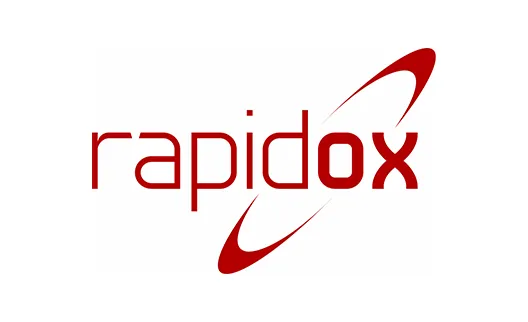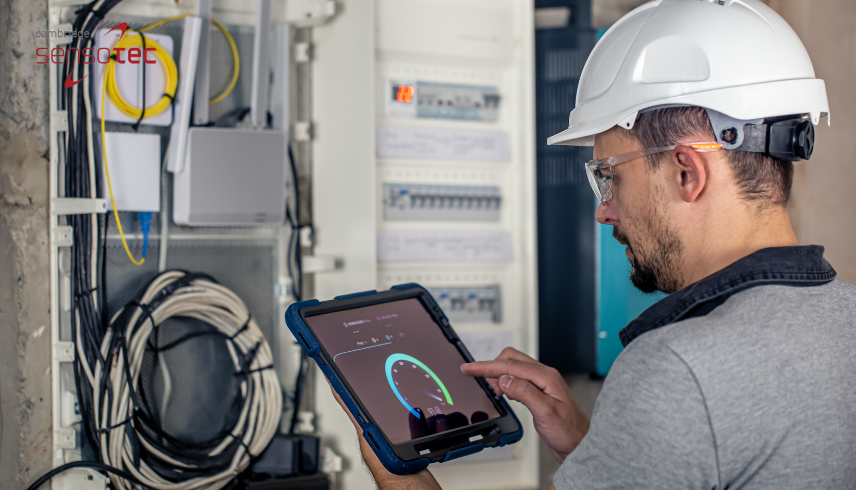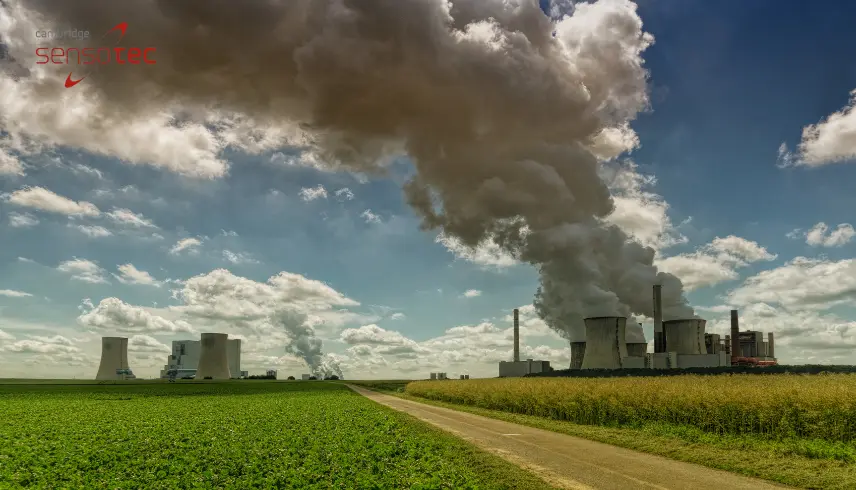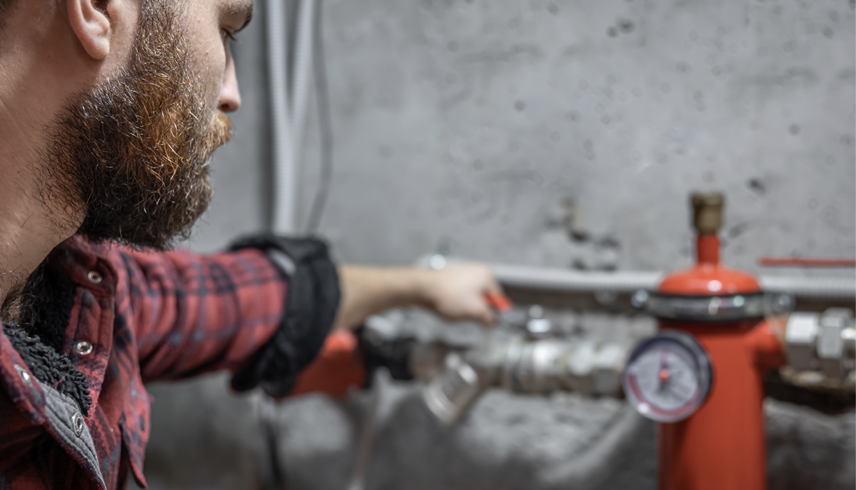
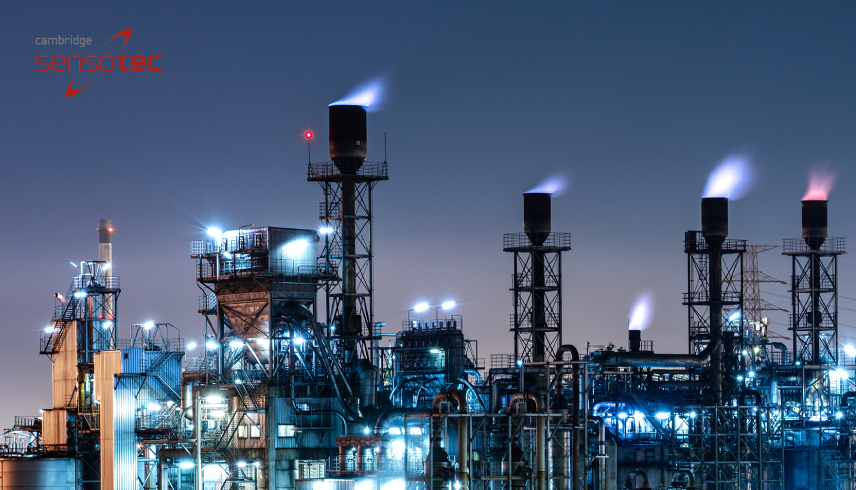
Transitioning to a sustainable future: The European Union says goodbye to F-Gases in switchgear
F-gases pack a punch in global warming, despite their zero harm to the ozone layer. These man-made gases, used across industries, including in electrical switchgears, have a warming potential staggering 25,200 times more than carbon dioxide over a century. What’s more, they’re behind 2.5% of the EU’s total greenhouse gas emissions.
Urgent Call for F-Gas Phase-Out in Europe’s Electricity Grids
Europe’s electricity grids are facing a critical makeover. As the continent moves towards decentralised renewable energy, the need to eliminate harmful F-gases from switchgears has never been more pressing. The majority of European manufacturers have heeded this call, supporting an expedited phase-out of F-gases. They got the message loud and clear from the 2014 F-Gas revision: it’s time to change our ways and embrace SF6-free technology. And change they did, with many already rolling out cleaner, greener alternatives.
Europe’s Race to Net-Zero: Manufacturers Lead with F-Gas-Free Alternatives
But it’s not just about the manufacturers. Grid operators are on a quest for substantial funding, all to expand the grid and pave the way for more renewable energy. This means a surge in new switchgear units, a demand driven by the rise of decentralized energy generation and storage. The catch? Without a switch to F-gas-free technologies, we’re looking at a steep rise in greenhouse gas emissions.
The Solution? Available and Accessible Green Technologies
The good news: the electrical sector already boasts cost-effective, efficient, and reliable F-gas-free alternatives. They fit the bill in terms of space and size just as their polluting counterparts do, clearing the path for wide-scale adoption. Forward-thinking equipment manufacturers are even halting production of F-gas-based equipment.
Ready to analyse gas emissions for your eco-friendly transition? Explore Cambridge Sensotec’s Rapidox gas analysers.
The Role of F-Gas Regulation in Market Transformation
Now, eyes are on the F-gas Regulation trilogues. They have the power to steer the market towards these cleaner technologies, starting as early as 2026 for medium voltage gear up to 24kV. And as green alternatives for higher voltages hit the shelves, the phase-out can reach even further.
Overcoming Supply Challenges in the Transition
The transition isn’t without its hurdles. The electricity industry, including major players like Eurelectric, is wary of supply hiccups as we say goodbye to F-gases. But the European Parliament is optimistic, seeing the readiness among manufacturers to supply clean medium voltage gear and tackle high-voltage challenges head-on.
Collaboration: The Key to a Sustainable Energy Future
This shift demands a united front. System operators, policymakers, and manufacturers need to pool their efforts, showing unwavering commitment to eco-friendly practices. This means robust regulations from policymakers, and a pledge by manufacturers and system operators to secure the supply chain.
Stronger Together: Industry Associations Advocate for Unity
Unity is in the air, with trade bodies like Eurelectric, E.DSO, and Geode pushing for joint efforts — think forums, research drives, and partnerships. Eaton, a leading equipment manufacturer, is all in. They see the ambitious F-Gas Regulation as more than a rulebook — it’s a launchpad for industry-wide dialogue and transparency.
The EU’s Moment of Truth: Leading the Charge in Clean Technology
The ball is in the EU’s court. It’s time for decisive action — a complete ban on F-gases in new electrical switchgear. The rules must be airtight, leaving no room for loopholes that let SF6 usage slip through. By taking up this mantle, the EU isn’t just cleaning up its act; it’s setting the global standard in clean technology.
For cutting-edge gas analysis solutions, explore Cambridge Sensotec — Leaders in Gas Analysis.
